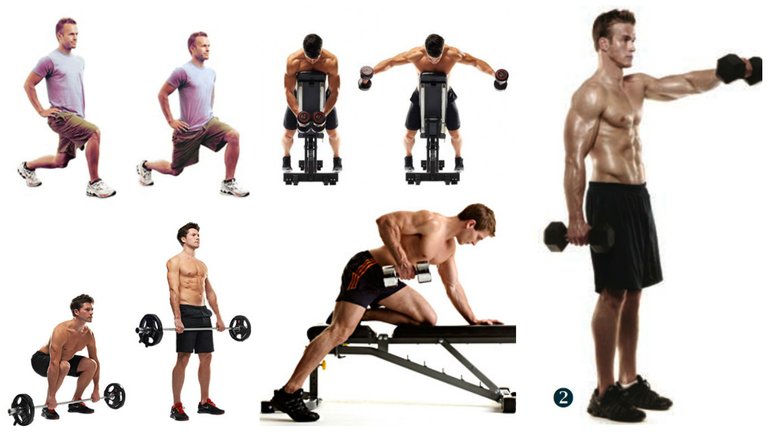
Increases metabolism to burn calories by increasing oxidation (breakdown & use) of fat.
Improves blood sugar control. With inactivity the body becomes more resistant to insulin, increasing the risk for type 2 diabetes.
Improves immune system function.
Protects the body from cancer & increases digestive efficiency reducing the incidence of colon cancer 30-40%. Decreases women'srisk of endometriosis by 50%.
Increases aerobic capacity.
Develops new blood vessels in the heart & muscles.
Increases hemoglobin level, for better oxygen transport.
Decreases blood pressure, increases HDL (good) cholesterol & decreases chance of blood clots, heart disease & stroke.
Maintains, tones and strengthens muscles and increases muscular endurance. Inactivity causes muscles to atrophy, for women in their 40s and men intheir 50s.
Increases bone strength. Lack of activity leadsto bone weakness, osteoporosis & bone loss.
Increases thickness of joint cartilage.
Increases blood flow to the skin.
Improves sleep patterns.
Decreases risk of cognitive decline and dementia.
Decreases risk of depression and symptoms of those already depressed.
Fitness is more than just physical fitness and exercise. Total fitness incorporates the "whole" person being physically, mentally, socially, and emotionally fit.Attaining total fitness means that you are well rounded in the 5 Components of Fitness-Cardiovascular Endurance, Muscular Strength, Muscular Endurance, Flexibility and Body Composition.
Exercise builds lean muscle mass. Larger muscles burn more calories than smaller muscles. This means more fat will be burned. It also means that you can eat more without gaining weight.
Exercise helps to reduce stress and depression both of which are common causes of overeating. While exercising, non-threatening and non-stressfully, endorphins are released which make you fell better. These natural chemicals diminish depression and relieve stress.
As we exercise regularly, the heart muscle becomes stronger hence it pumps better and more blood is pumped with each beat of the heart muscle. This means the heart does not have to work so hard and hence becomes healthier.
Regular exercise will decrease your risk of osteoporosis in women. Exercise strengthens bones making them less likely to break.
Every exercise is different and requires varying amounts of energy. Choose an activity you enjoy: walking, tennis, jogging, and bicycling are just a few choices. Work closely with your health care professional to select an activity that is right for you.
Walking for as little as 30 minutes, 3 times a week, has been found to be beneficial. Don’t worry too much about what exercise you choose. Aerobic and anaerobic exercises are both effective at improving mental health.